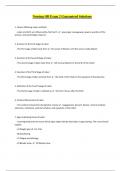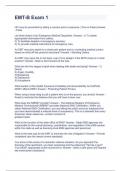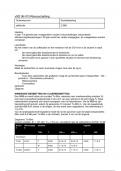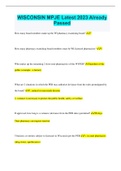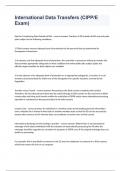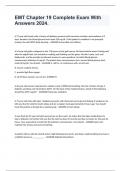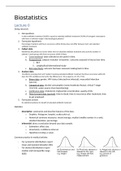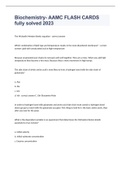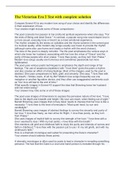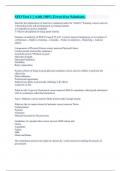Exam (elaborations)
Nursing OB Exam 2 Guaranteed Solutions
- Course
- Institution
Nursing OB Exam 2 Guaranteed Solutions 1. Factors Affecting Labor and Birth - Labor and birth are influenced by the five Ps: ️passenger, passageway, powers, position of the woman, and psychologic response. 2. Duration of the First Stage of Labor - The first stage of labor lasts from ️the ...
[Show more]
